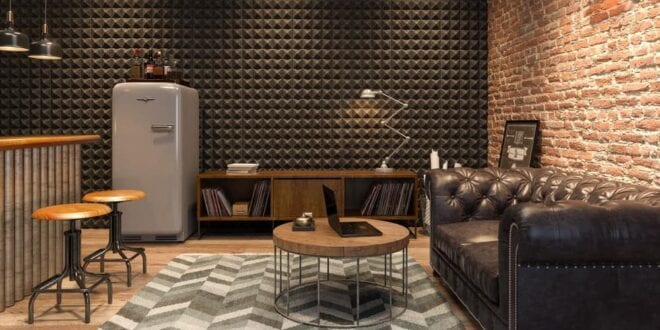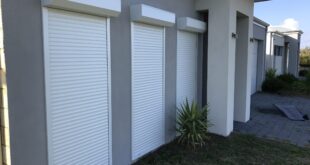The construction of any facility requires, above all, a good plan that was created with great effort, thought and, above all, work. Whether you are just starting to build a building or you are in the process, it is never too late to pay attention to another important detail – ic.
Our opinion is that this is one of the most important aspects. Whatever the purpose of the space, everyone strives above all for a comfortable stay and functionality when using it. In the end, this does not only bring comfort to those who plan to stay in that room. In this way, you build better neighborly relations, that is, you bring peace to those who are on the other side of the wall.
Vibrations can be transmitted in different ways and can often be very noisy. So it is not enough just to do wall insulation but also floor insulation. Loud walking, moving in space, music, etc. they can also be easily transferred through the floor construction.
Find out which foams are best to solve potential problems caused by leaking of annoying sounds.
What to pay attention to?
Before you start buying foam, you need to know exactly what characteristics you want to get with the purchased product. Today, there is a large selection of this material and you need a good plan to help you make the right decision.
It is necessary to have a clear picture of your idea and to know exactly what type of material you are striving for in order to avoid a confusing situation in which you can make a hasty decision. Make sure it doesn’t happen to you. To prevent this, pay attention to a few characteristics on which a good choice depends:
1. Thickness
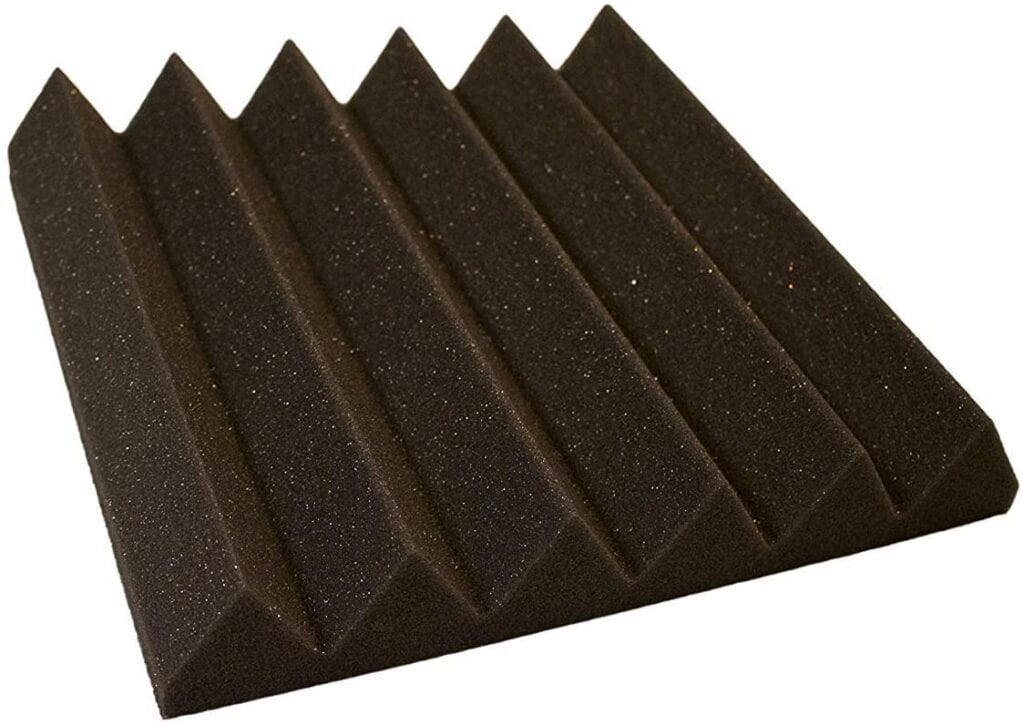
There is a large selection on the market when it comes to panel thickness. You can really rely on a large number of models and choose the one that you consider suitable for your room or the entire space. There are many different levels, of course, a thicker panel is a better choice – a thicker layer equals better insulation, and thus the effect achieved.
However, think carefully about where you want to put such thick panels. You can only allow yourself this if you have enough space, because otherwise you will further reduce the small space, and that is certainly not your goal. Also, thinner inch panels will be enough to absorb low or medium frequency sound.
While for larger needs you still have to think about a thicker foam or one with a higher density. Be sure to understand before you decide that you are adapting the foam not only to your needs but also to the needs of the room in which you put it.
2. Patterns

When choosing a panel, there is a difference in the patterns. One of the most common patterns is the shapes of wedges and pyramids, but still pyramids bring victory when it comes to popularity. The reason for that is their appearance, that is, they have a greater aesthetic value.
Of course, there are also those shapes that are less aesthetically acceptable, and then it is a regular plate that represents a classic shape. The great thing is that you don’t have to choose one shape alone, but you can combine several of them and thus achieve an even better effect.
If you are wondering which pattern has better performance – we have no answer to that question. In fact, no one has, because there is no difference. So the only role in the choice is played by the external appearance and design because some of them are of such a shape that they are harder to clean than others. Maybe you should pay attention to that.
3. NRC
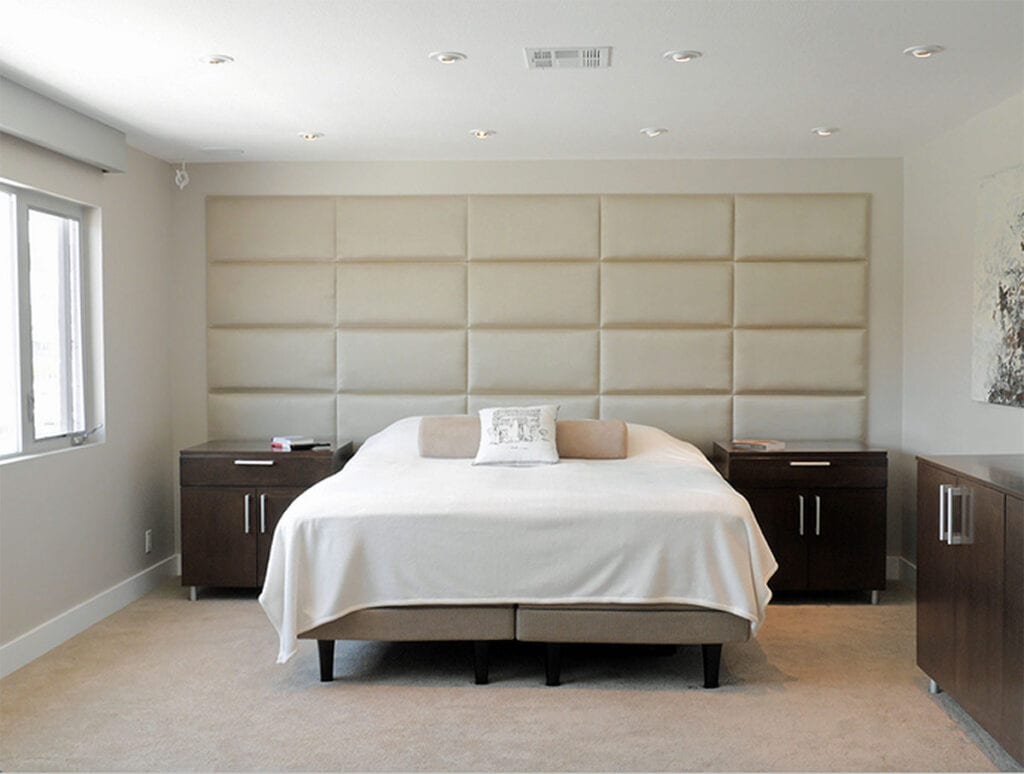
“Noise reduction coefficient” represents parameter of sound reduction. This is important because you should look at which NRC rating the panels are marked with and thus understand what you want depending on the height of the rating. Of course, panels with a higher rating do a better job than those with a lower.
You can find the NRC rating in the product description offered by each manufacturer. You should take this assessment very seriously, since sound absorption depends on it.
4. Size and quantity
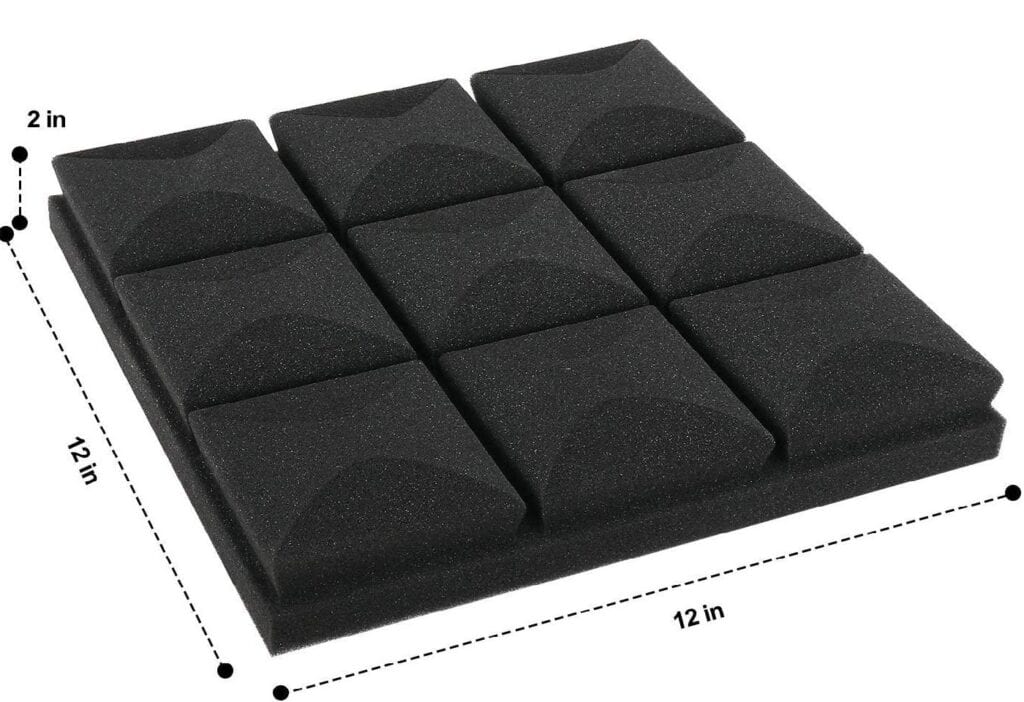
So far we have mentioned the thickness, the shape, and now it is the turn of the size and amount of foam. Another feature of great importance. As for the size, you have different dimensions and before you decide on one, you should measure the room, walls and other parts that you want to insulate.
However, all the panels come in a package, but there can be 6 to 24 panels in one package. So think about how you want to work with them and how much time you have. Simply more panels take more time, and you can achieve the same effect with a smaller number of larger panels. Know that the size of the panel is certainly not of great importance so you will definitely not go wrong.
Acoustic Foam
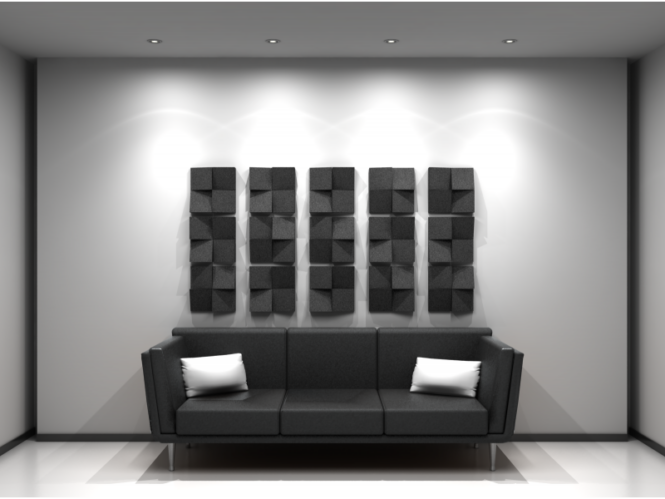
We have already mentioned to you that you choose the foam primarily according to your needs, so the reasons for insulation are different. Acoustic foams are equally sought after. This material has a specific application. It not only keeps the sound inside the room but also affects its quality by improving it.
If you like the idea of acoustic foam, know that you have several choices when it comes to the type of this material, and you can see even more different types on the Pikacoustics website:
- Smooth – The least used type of foam because it does not achieve such a strong effect and is most often used as a base for additional insulation.
- Wedge – This type is more common, but mainly due to its pointed appearance, the aesthetic value prevails in this case. However, this lift just helps with greater sound absorption which means nice and useful.
- Effcrate – This is a cheaper foam option and is mostly presented as a do-it-yourself project, but it is also a very good insulation that many professionals opt for.
- Pyramid – This is a similar wedge, but it still has a worse effect than it, even though it has a pointed tip. This does not mean that it is not good, it is just not suitable for all rooms.
- Spade – The least prominent design. It is similar to smooth panels, but still has better sound absorption. However, it is still of poorer quality than a pyramid or a wedge.
- Grid – The shape of the grid contributes to the results, ie this style redirects and absorbs sounds. Appearance is more common when it comes to this type of material.
Conclusion:
Understand what is primary to you or what your ultimate goal is. Simply different purposes of space have different requirements. Just remember that every sound can be regulated by installing adequate sound insulation and thus getting rid of noise forever.
 Imagup General Magazine 2024
Imagup General Magazine 2024
